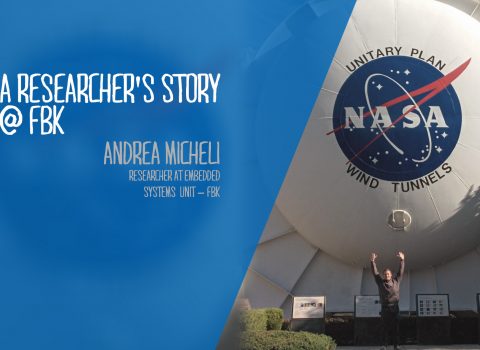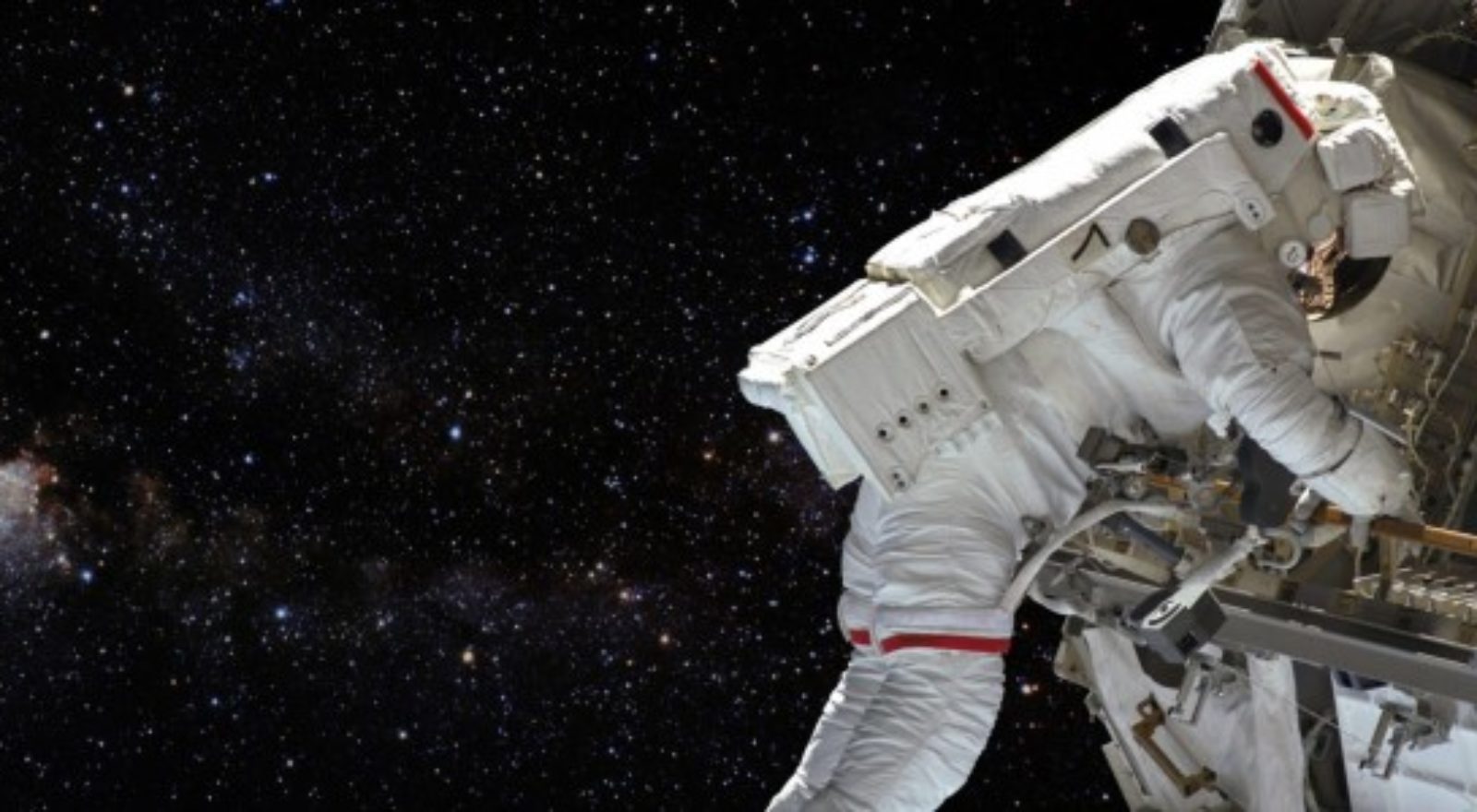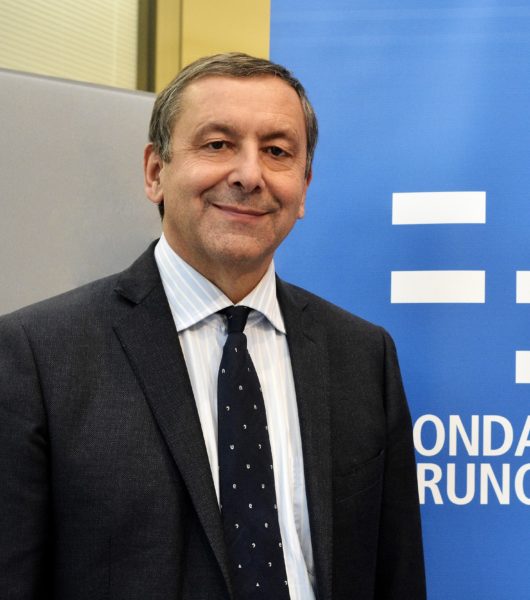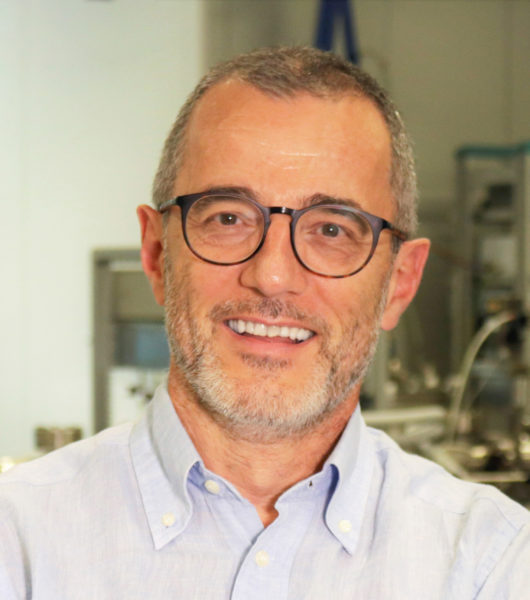
What space will it be?
An evening on the frontiers of research on space exploration. Among the guests, ASI's President Giorgio Saccoccia, FBK's president Francesco Profumo, the president of the University of Trento, Flavio Deflorian and professor and physicist of the University of Trento-EUSPA Roberto Battiston.
At a time when even civilians can take off in a spacecraft and travel as astronauts, Space is once again a place of particular interest for the general public.
On September 15, at the MUSE lawn, some protagonists of the research linked to space exploration talked about “intersidereal” strategies and perspectives of the next decade, talking about Space not only as the object of astronomers’ observations, but also as a privileged laboratory to investigate some of the most extreme and mysterious phenomena of nature and one of the most interesting frontiers of technological research for sustainable development.
Among the guests of the evening, the president of the Italian Space Agency, Giorgio Saccoccia, the president of Fondazione Bruno Kessler, Francesco Profumo, the president of the University of Trento, Flavio Deflorian, and the professor and physicist from the University of Trento-EUSPA, Roberto Battiston. They have the task of opening the conference “What space will it be?” with a first round table focusing on space research today and future prospects. Challenges that also see Trentino at the forefront with the Trento Space Center and Fondazione Bruno Kessler involved in projects and experiments.
“Fondazione Bruno Kessler”, said Francesco Profumo, “has been engaged in the past and is still engaged in Space. In particular in the field of sensors, detectors that were created in the high energy sector, at CERN. Over the years, FBK has been able to combine silicon-based technologies with the space industry. So there have been applications in manufacturing, medicine, agriculture. The European Commission came to visit us some time ago and told us that we are an open hub. We really like this project of creating an open platform. The idea is to involve those entities closest to us such as the University and at a later time ASI, ESA, INFN and businesses. The assets that we have accumulated over the years by relentlessly investing on them continue as an open platform that receives funding and that will have repercussions in the space sector. An initiative that we also bring to schools, with projects for students that have also a research content”.
In the second part, a focus on science, Maura Graziani, astroparticle researcher at the University of Perugia, spoke about research on cosmic rays and antimatter, while Silvia Piranomonte, astrophysicist with the INAF-Astronomical Observatory of Rome, focused on the perspectives of multi-messenger astronomy, with particular reference to gravitational waves and gamma-ray bursts. Pierluigi Bellutti and Roberto Iuppa, with Fondazione Bruno Kessler and the University of Trento respectively, described in more detail the scientific and technological research on space underway at FBK and the University of Trento. The meeting was moderated by science communicator Matteo Serra.
“For me, it’s a dream come true”, said Pierluigi Bellutti. “When I was nine, I saw the first man landing on the moon on TV. When I joined FBK, we had a garage to park the car in. Later on, in its place, the laboratories were built, where we created the first radiation sensors, technologies based on silicon. These technologies are answering the questions posed by science and are being used for spatial investigation. We have five top-level technologies in house, for each of which FBK is among the world leaders. In addition, Space is strongly pushing developments to businesses. Those technologies are coming into our lives. For example, for sensors used in medical diagnostics equipment such as PETs, for car assited driving, for the analysis of materials. For a couple of years now, we have also been working on the integration of a small constellation made of seven nanosatellites in collaboration with the National Institute of Astrophysics and we are also thinking of starting projects with schools on these topics to contribute to the training of the Next Generation EU”.
The meeting was moderated by science communicator Matteo Serra. The event was organized by the STAR system as part of the SHARPER project – a project funded by the European Commission within the “European Researchers’ Night” – Marie Skłodowska-Curie actions. GA 101036106.



